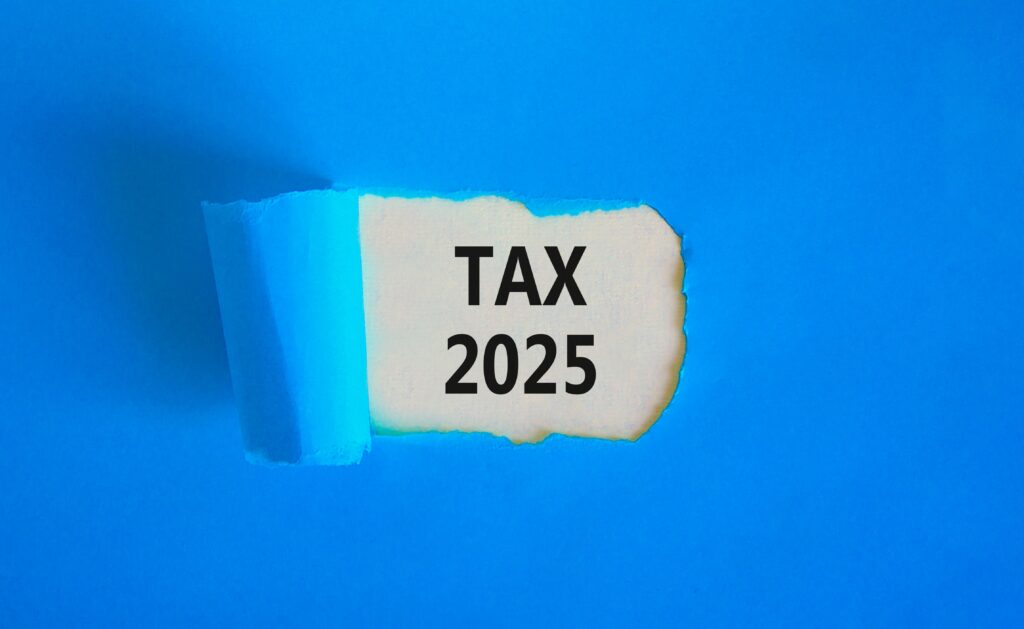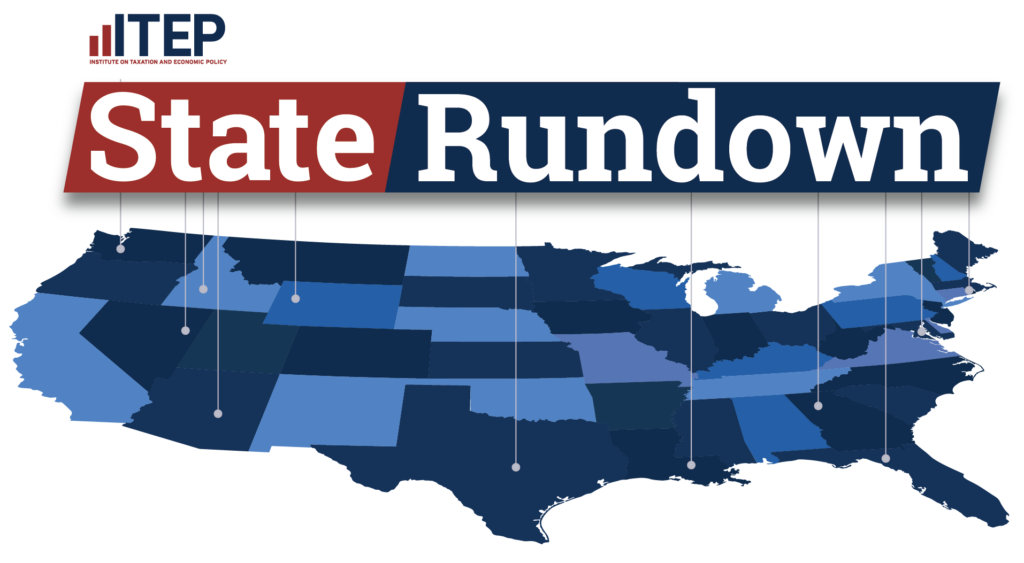1. Virtually all Americans, including the poorest Americans, are paying some type of tax.
- A new ITEP analysis shows that the total share of taxes (federal, state, and local) that will be paid by Americans across the economic spectrum in 2017 is roughly equal to their total share of income.
- Although the federal income tax is progressive, state and local tax systems are highly regressive. In fact, an ITEP analysis found that on average the bottom 20 percent of taxpayers pay twice as much in state and local taxes as a percentage of their income than those in the top 1 percent.
2. The wealthiest Americans would reap the most benefit from the two most prominent “tax reform” proposals.
- An analysis of the House GOP tax blueprint found that it would cut taxes overall by $4 trillion, with 60 percent of those cuts going to the top 1 percent of taxpayers.
- A new analysis of the House GOP tax plan found that it would move our current tax code from just barely progressive, to outright regressive because of the dramatic tax cuts it includes for the wealthy.
- President Donald Trump’s most recent tax plan would cut taxes by $4.8 trillion, with 58 percent of those cuts going solely to the richest 5 percent of taxpayers.
3. Taxes in the United States are well below those of most developed nations.
- Taxes accounted for 26.4 percent of the nation’s GDP in 2015, well below the OECD average and lower than all but four other OECD member nations. The countries collecting more in taxes as a share of their economy than the U.S. include many of our most prominent trade partners and competitors, such as France, Germany, the United Kingdom, and Canada.
- Despite all the handwringing over our statutory rate, U.S. corporate taxes are below the OECD average as a share of GDP.
4. The U.S. statutory corporate income tax rate is 35 percent, but many companies pay at a much lower rate.
- ITEP identified 15 corporations that, as a group, paid no federal income taxes on $21.3 billion of U.S. income in 2016, and avoided income taxes on $111.7 billion of profits over the past five years.
- These companies include major companies like GE, Constellation Brands, and Netflix. They span a wide array of industries, and rely on a diverse set of tax breaks to achieve these low rates. Manufacturing tax deductions, executive stock option tax breaks, accelerated depreciation and the research tax credit are each important factors allowing these companies to pay a lower tax rate than most middle-income families face.
- ITEP’s comprehensive 2017 study of consistently profitable Fortune 500 corporations found that between 2008 and 2015 they paid 21.2 percent of their profits in federal income taxes — far lower than the official 35 percent statutory rate. 100 of these companies enjoyed at least one year in which their federal income tax was zero or less.
5. U.S. multinational corporations are aggressively shifting their profits into low-rate foreign tax havens.
- American multinational corporations are continuing to aggressively declare that their foreign profits are “permanently reinvested” abroad, a designation that allows them to avoid paying even a dime of U.S. income tax until these profits are “repatriated” to the United States. An ITEP report shows that at the end of 2016, Fortune 500 corporations disclosed a total of $2.6 trillion in offshore profits, on which these companies may be avoiding as much as $767 billion in U.S. income taxes.
- A Citizens for Tax Justice (CTJ) analysis shows that U.S. multinationals report that almost 60 percent of their subsidiaries’ foreign profits are being “earned” in just 10 tiny tax haven countries. In fact, these corporations claimed they earned $104 billion in Bermuda in 2012 — a sum that is 18 times bigger than Bermuda’s entire economic output of $6 billion in that year.
- A report by U.S. PIRG, CTJ, and ITEP finds that the use of tax haven subsidiaries is now common practice, with 73 percent of Fortune 500 companies disclosing that they have at least one subsidiary in a tax haven jurisdiction.
6. Tax cuts for the rich do not help our economy.
- Using data from the past 65 years, the Congressional Research Service (CRS) has found that there is no correlation between top tax rates and economic growth.
- This conclusion holds true at the state level, where research from ITEP and academic economists has shown lowering or eliminating state income taxes to have little if any impact on state economies.
- Supply-side economics is a bankrupt ideology that has been debunked time and again by real world evidence.
7. Undocumented Immigrants pay taxes, too.
- According to a recent report from ITEP, undocumented immigrants contribute an estimated $11.74 billion in state and local taxes each year. This means that undocumented immigrants contribute 8 percent of their incomes in state and local taxes on average, which is higher than the 5.4 percent paid by the richest 1 percent of taxpayers.
- Granting legal status to undocumented immigrants would increase their state and local tax contributions by $2.2 billion a year.
8. Cutting the tax rate on pass-through businesses would create a huge loophole in the code and provide little help to small businesses.
- Many recent tax proposals have included provisions to give pass-through businesses a substantially lower tax rate than applied to ordinary income. While billed as helping small businesses, the reality is that over 97 percent of pass-through businesses already face marginal income tax rates below 33 percent.
- Creating a second lower rate on pass-through income would create a massive loophole in the tax code that would allow the wealthy to simply incorporate and then take advantage of the lower tax rate. In fact, when Kansas implemented a lower rate on pass-through income, the state lost substantially more revenue than expected due to a proliferation in new reincorporations by wealthier individuals seeking to avoid taxes.
9. The majority of federal tax breaks go to the wealthy.
- The bulk of the tax breaks in the federal tax code are skewed to benefit the wealthy. In fact, a study by the non-partisan Congressional Budget Office (CBO) found that most of the benefits of the major tax expenditures accrue to the top 20 percent of taxpayers, with16.6 percent of tax breaks going just to the top 1 percent.
- One of the most skewed tax breaks in the code is the preferential rate on capital gains and dividends. According to ITEP estimates, 94 percent of the capital gains break and 82 percent of the break on dividends goes to the top 20 percent of taxpayers.
10. The American public strongly opposes cutting taxes for the wealthy and corporations.
- A recent poll from Politico found that 85 percent of the public, including 80 percent of Trump voters, believe taxes on upper-income Americans should either stay the same or be raised. Similarly, 73 percent of the public, including 57 percent of Trump voters, believe taxes on corporations and big business should stay the same or be raised.
- 62 percent of Americans are bothered a lot by corporations not paying their fair share in taxes and 60 percent are bothered a lot by the wealthy not paying their fair share. In contrast, only 27 percent of Americans are bothered a lot by how much they have to pay in taxes.





